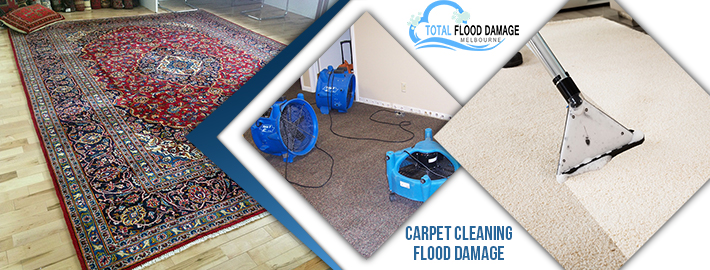If you’ve ever had a flood, it’s likely that the damage is more than just ugly. Flooding can cause mold and mildew growth, which can spread quickly to other areas of your home.
It’s also possible that the water damaged walls and ceilings, which can be expensive to fix. Fortunately, there are several steps you can take to fix flood damage Melbourne issues if they happen in your home:
Remove standing water and dry out the area
To start, use a shop vac to remove standing water. Next, you’ll want to dry out the area as much as possible.
That means using a dehumidifier or other means of drying out the air in your home (alternatively, if you have a basement or other space that’s dry enough to store wet materials without additional drying methods). If those are not an option for you, consider renting a wet/dry vacuum and sucking up any remaining moisture from floors and walls.
Once this is done, remove damaged materials and disposables before cleaning up any leftover messes with a wet/dry vacuum.
Clean and sanitise the area
Once you’re sure that the water has been removed, it’s time to clean and sanitise the area. If the carpeting is wet, you can use a disinfectant spray or a mop to clean it. Afterward, use bleach to sanitise your walls and other hard surfaces exposed by flooding.
Once you’ve cleaned and sanitised the area, it’s time to dry everything thoroughly. Use fans or dehumidifiers to speed up the process.
Once the area is dry, use an air purifier to remove any lingering odours. If you’re dealing with a flood, it’s important to act quickly. The longer you wait, the more damage will occur.
Repair damaged areas
In the aftermath of a flood, it’s important to repair the damaged areas and prevent further damage. The following steps will help you get your home back in shape:
- Replace flooring that has been soaked by water or lost its structural integrity. This includes carpeting, hardwood floors, tile, linoleum and other types of flooring.
- Repair walls and ceilings as needed by replacing drywall/sheetrock where water damage has occurred or remodeling walls so they are structurally sound again (a full tear-down may be required).
- Replace furniture that has been damaged by flood waters or ruined by mold growth on its surface area(s).
- Remove all debris from inside your home before beginning any repairs; this includes mud left behind after a flood event as well as anything else that was displaced during cleanup efforts involving mops etcetera! You can then begin cleaning up these items so they’re out of sight but still accessible if need be later down the road when you need access them again (either because something else has gone wrong again) or just because having an organised space makes life easier overall instead of being disorganized all day long day after day week after week month after month year after year decade after decade century after century millennium…
Conclusion
So, that’s how you can deal with wet carpet drying Melbourne issues. We hope this article has been helpful in your search for a solution to your problem.


